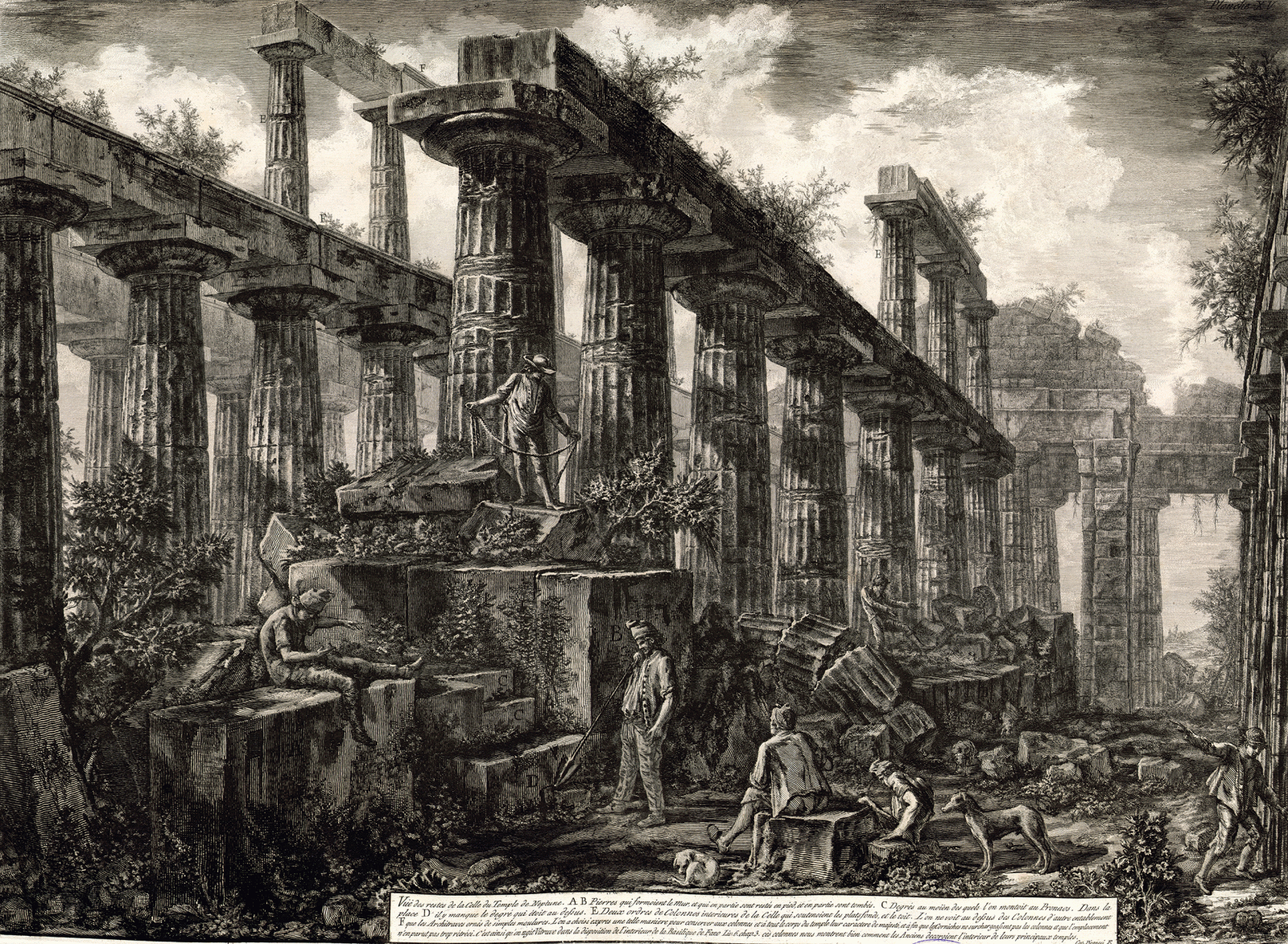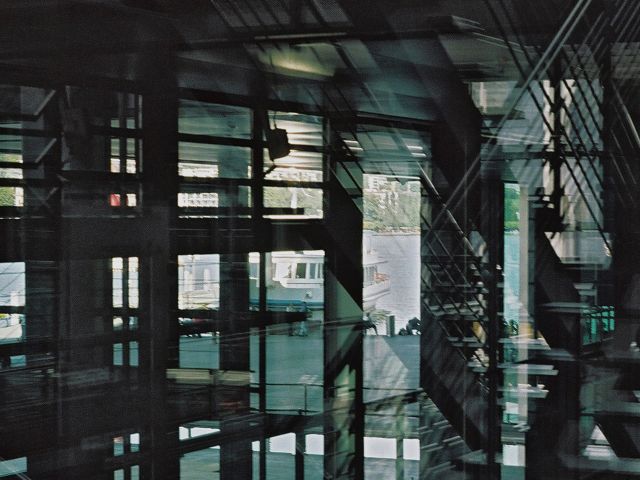Abendvortrag
Maarten Delbeke: Beauty, corruption and lies. Architecture and its uses between Perrault and Piranesi
organized by the "Ethics and Architecture" project

In his last publication of vedute, the Différentes vues de quelques restes de trois grands édifices qui subsistent encore dans le milieu de l'ancienne ville de Pesto (1778) Giambattista Piranesi turned his attention to the three buildings at Paestum, the ancient Greek settlement south of Naples that had attracted increasing attention of architects, antiquarians and travelers from the mid-eighteenth century onwards. As a vociferous participant in the European debates about the origins of architecture, the architecture of Antiquity, and the relative merits of Greek and Roman architecture, Piranesi was stimulated to examine these very ancient classical buildings on Italian soil.
Piranesi's interpretation of Paestum is founded on a reflection about the historical relationship between the beauty and use of architecture. Benchmarking his suppositions about the character of Paestum’s builders against his architectural judgment about the design of the buildings, Piranesi defines architectural beauty as a function of decorum. As such, Piranesi’s reflections on Paestum not only mark the logical conclusion of his earlier architectural theoretical writings, but also apply to particular buildings ideas about judging architecture that were developed one century earlier by the brothers Perrault, in the 1673 translation of Vitruvius, the Ordonnance des cinq espèces des colonnes and the Parallèle des anciens et des modernes. There, in a reflection based on the closing paragraphs of Vitruvius' Book VI, the Perraults attempt to identify the different competences and authorities that are involved in judging the quality of buildings. Precisely because these different factors ultimately lead to one, single judgment of value, issues pertaining to beauty (such a ornament and proportion) become closely intertwined with matters of use, custom and tradition. It is this intertwinement that ultimately inscribes beauty in human history, and makes it a potential matter of corruption and lies.
Maarten Delbeke is Professor of the History and Theory of Architecture at the Department of Architecture and Urban Planning at Ghent University. Previously he led the project The Quest for the Legitimacy of Architecture in Europe 1750-1850 at Leiden University, funded with a Vidi-grant from the Dutch Science Foundation. He is the author of The art of religion. Sforza Pallavicino and art theory in Bernini’s Rome (Ashgate, 2012) and the coeditor of, amongst others, Bernini's Biographies. Critical Essays (Penn State, 2006), Foundation, Dedication and Consecration in Early Modern Europe (Brill, 2012) and The Baroque in Architectural Culture, 1880-1980 (Ashgate, 2015). He publishes on the history and theory of art and architecture from the early modern period up to the present, and as an architectural critic he has contributed to journals, books and exhibitions. He is the founding editor-in-chief of Architectural Histories, the online open access journal of the European Architectural History Network (EAHN).
22. Februar 2016, 18:00 Uhr
Kunsthistorisches Institut in Florenz
Max-Planck-Institut
Palazzo Grifoni Budini Gattai
Via dei Servi 51
50122 Firenze
Hinweis
Diese Veranstaltung wird durch Fotografien und/oder Videoaufnahmen dokumentiert. Falls es nicht Ihre Zustimmung findet, dass das Kunsthistorische Institut in Florenz Aufnahmen, auf denen Sie erkennbar abgebildet sein könnten, für die Veranstaltungsdokumentation und Öffentlichkeitsarbeit (z.B. Social Media) verwendet, bitten wir um eine entsprechende Rückmeldung.



